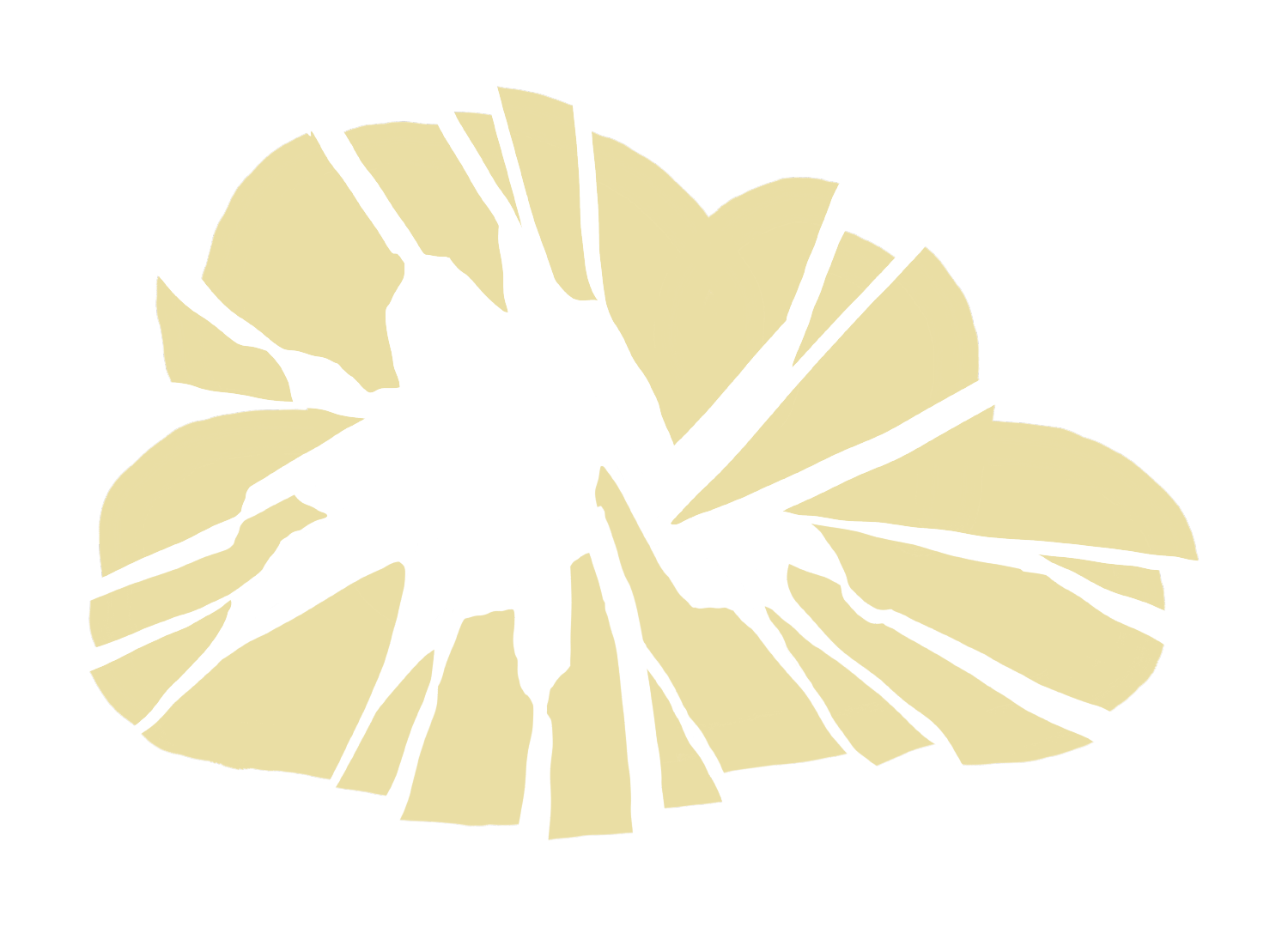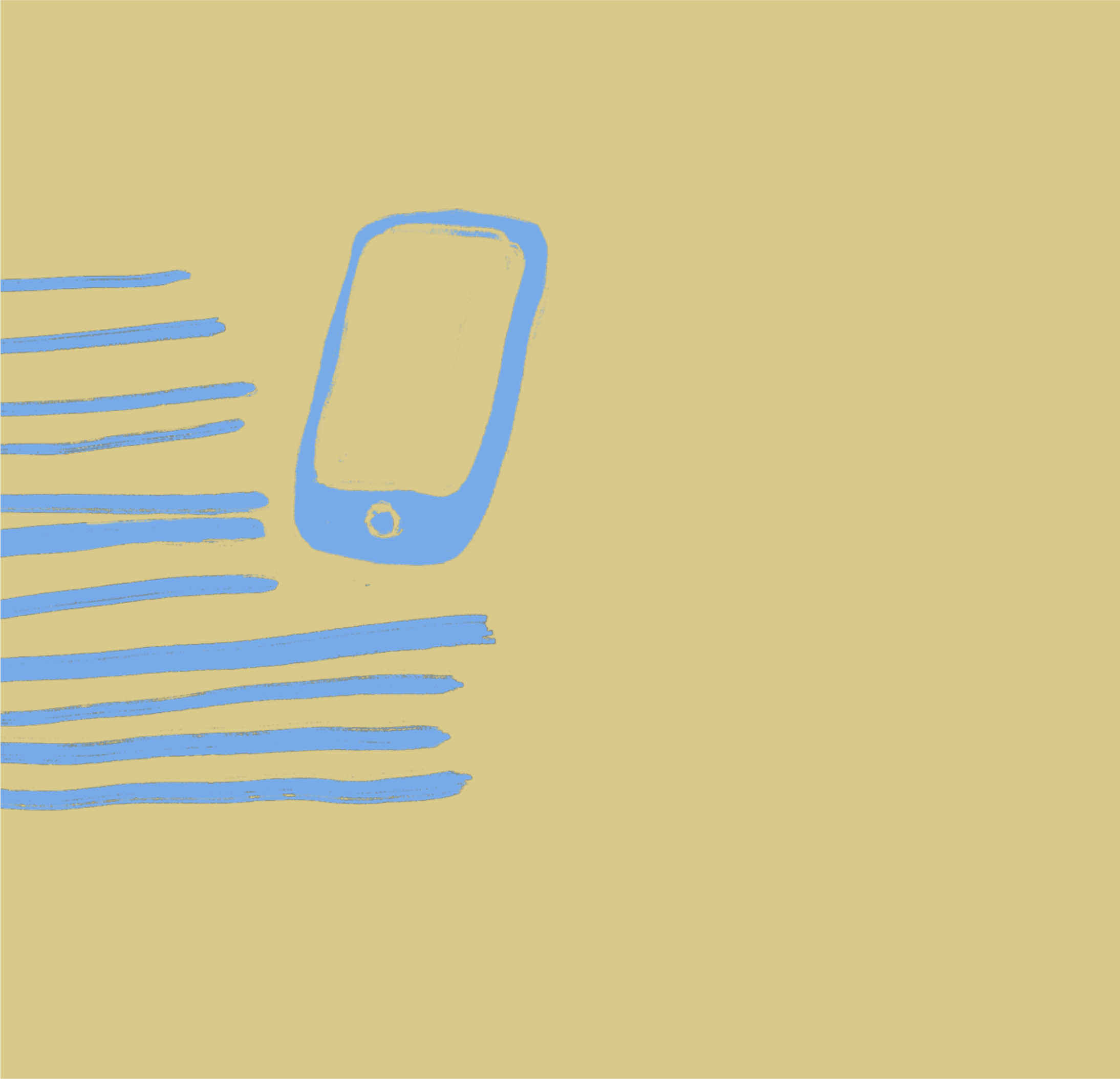FACT
AI-generated and manipulated content can cause real harm, even if it doesn't depict real people. For instance, AI-created material that sexualizes minors, though fictional, normalizes harmful attitudes and complicates efforts to protect real victims. It also makes it harder for authorities to distinguish between real and computer-generated abuse, further hindering victim protection. Similarly, altering real images of children for explicit content can lead to harassment, sextortion, and trauma. In short, these digital materials pose serious risks to mental health, privacy, and safety, especially when they exploit or sexualize minors.


